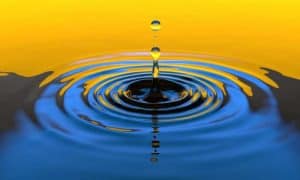Global H20 Aid
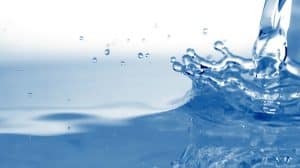
What are the Top Solutions for the Global Water Crisis?
The most immediate way to aid the world water crisis is to provide filters to people who lack clean water, primarily to the 3rd world and low-income people of the world. This takes relief funds, and relief organizations, both established by governments and by private charities.
In addition to water filters, this article details a few other strategies that need to be implemented worldwide to aid the world water crisis.
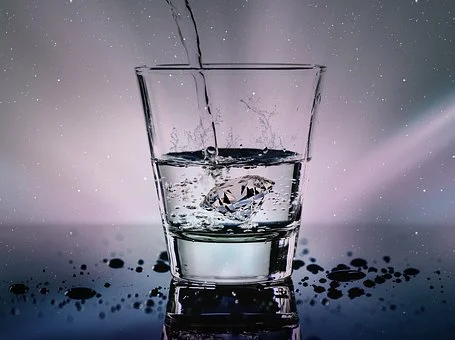 How important are clean drinking water and safe potable water for household use? Well, 1/3 of the world’s population doesn’t have access to clean drinking water.
How important are clean drinking water and safe potable water for household use? Well, 1/3 of the world’s population doesn’t have access to clean drinking water.
Many diseases (especially in developing countries) are water-borne diseases; from bacteria, viruses, or other hazardous microorganisms in unclean water. The water used for cooking, cleaning, and bathing must be safe, in addition to clean drinking water.
In fact, over 10% of the world’s population doesn’t even have access to clean, sanitary potable water for any type of household use.
Meanwhile, over 70% of the earth is covered in water.
In the rest of the article, we discuss several of the most effective means to tackle the world water crisis and provide readily available solutions>>>
Water Filters
1(a). Established commercial water filter technologies range from activated charcoal (or other carbon-based materials), to microfiltration, to ultrafiltration, to new water filtration nanotechnologies, to reverse osmosis. Reverse osmosis is considered the most effective widely-used water purification technology available today, even more effective than nanofiltration.
However, there is a wide range of water filtration technologies that prove to be cheaper and more widely accessible than reverse osmosis technologies.
There are many small-scale, portable water purification technologies, such as LifeStraw, as just one example. "LifeStraw technology was originally introduced in 2005 as an emergency response tool to filter water..." - [lifestraw]. Lifestraw uses microscopic hollow fiber membrane technology. More water purification technologies/ water filters are described here.
Microfiltration uses organic materials, such as polymer-based membranes, or inorganic materials, such as metals or porous alumina. These materials are made into microscopic filtration membranes; essentially screens made with microscopic filtration holes.
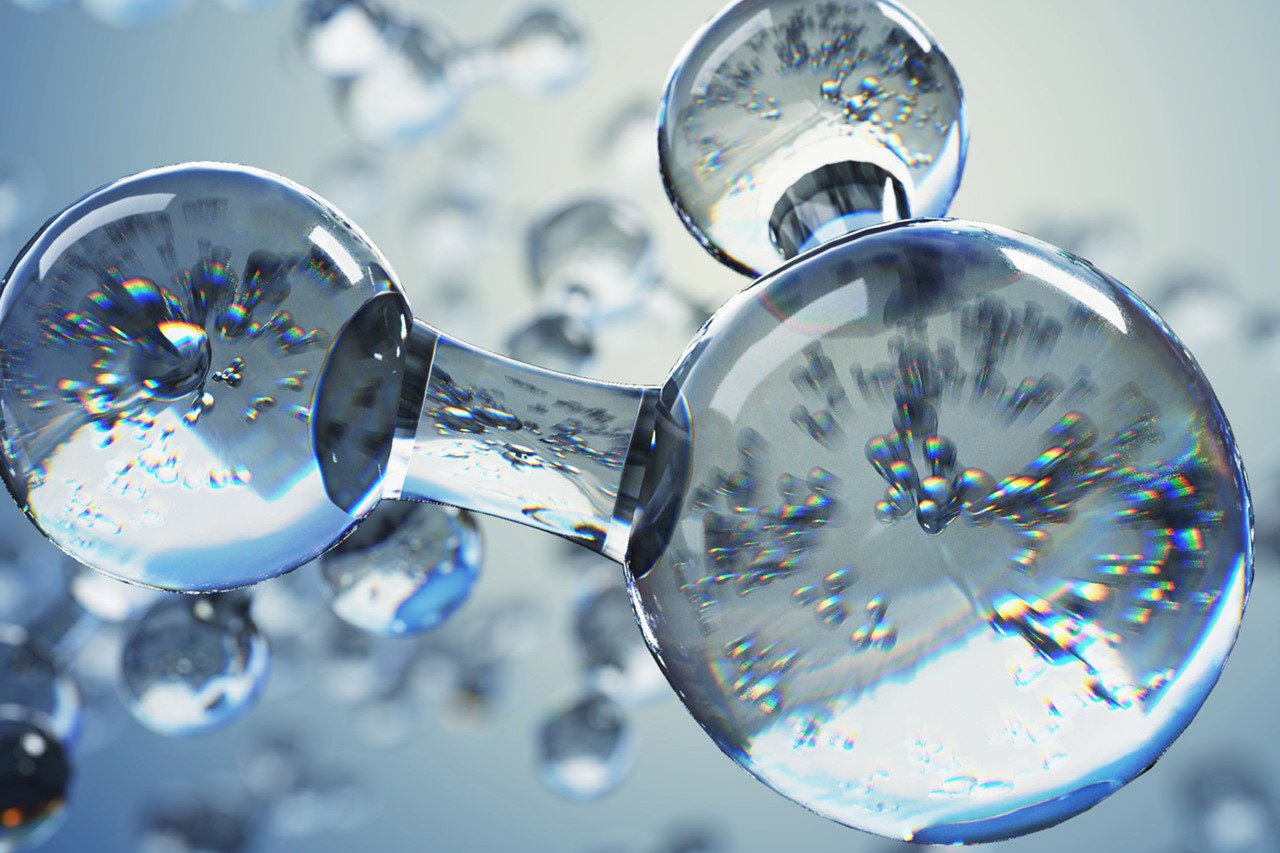 Similar to microfiltration, ultrafiltration purifies water as it passes through a semi-permeable membrane (but with smaller pores than in microfiltration).
Similar to microfiltration, ultrafiltration purifies water as it passes through a semi-permeable membrane (but with smaller pores than in microfiltration).
Nanofiltration uses membranes with nanoscale pores, which are even smaller than the pores in ultrafiltration. Nanofiltration uses nanomaterials for filters, such as carbon-based or graphene-based nanomaterials.
There is a variety of promising and emerging uses of nanomaterials including nanocarbon filters and graphene filters. Here is a video featuring water filtration using graphene filters, and a video on nanocarbon filters, and other nanomaterials for water purification>>>
Youtube.com (Graphene: water filter of the future)
Youtube.com (Nanocarbon and other nanotechnologies to purify water)
Here is an article on the use of graphene in water filters from the World Economic Forum - [agenda.weforum.org/can-graphene-make-the-worlds-water-clean]. Another great example of the use of graphene in micro-filter water systems comes from the company Evove.
1(b). Tied for the #1 way to aid the world water crisis is - to develop more water treatment plants (sewage water treatment, stormwater, river/ stream/ lake water, industrial use water treatment) - please see [waterworld.com/waste-water/treatment].
Other H20 Solutions
2. Improve and create new rainwater collection systems such as the ones found in this link: [rainharvest.com].
3. Water reclamation systems such as the ones found in this link: [waterworld.com/waste-water/reuse-recycling].
4. Develop more desalination plants...please see the desalination article on our website: greencitytimes.com/water-desalination-clean-water-for-a-thirsty-world and also see [theguardian.com/desalination-quest-quench-worlds-thirst-water].
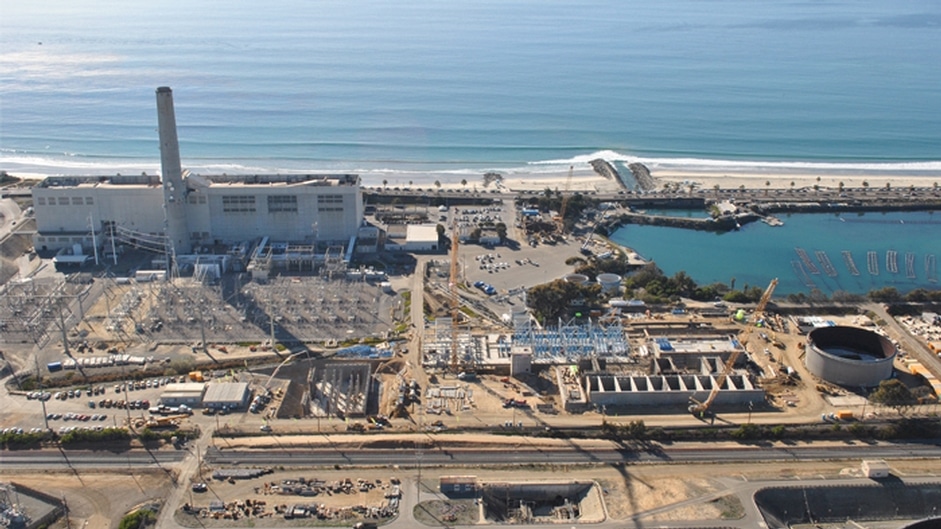
5. Improve water infrastructure (reservoirs, aqueducts, piping networks…).
6. Utilities (especially in 3rd world countries) to further develop the use of micro-payments for clean water wells, renewable energy microgrids + water treatment facilities via mobile/ smartphones (also great for remote rural solar electricity, in addition to clean water services).
Please also read: Water Desalination - Clean Water for a Thirsty World (for more on the desalination plant in Carlsbad, California)
